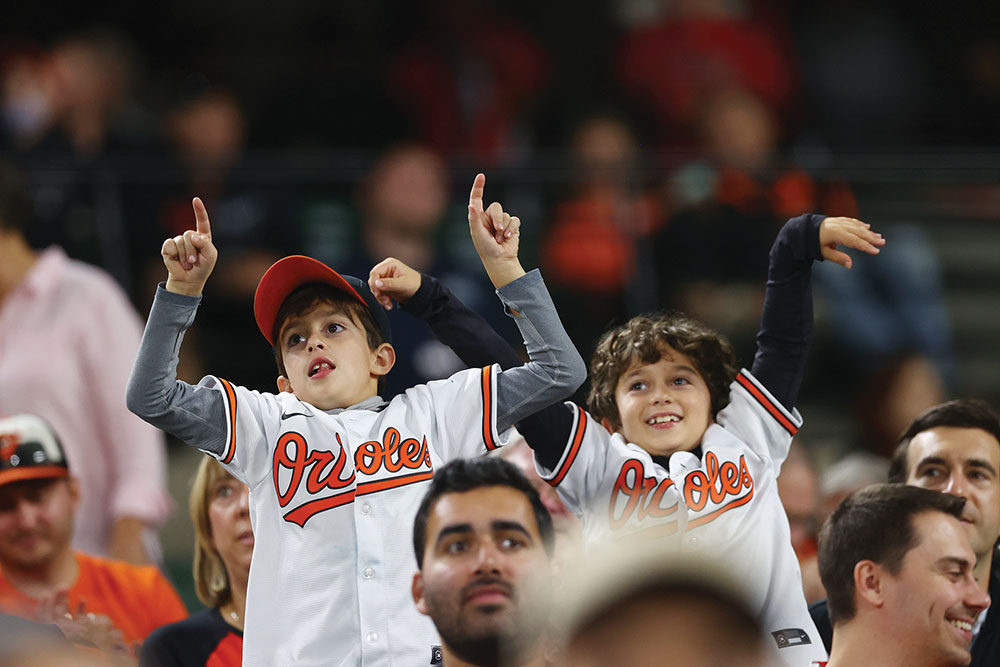In December, the spirit of giving comes down from the attic with the decorations. We look forward to this month as a time to find the gifts that show our children how much we love them, to teach them about the value of giving and to focus on the traditions and beliefs of our families.
But it’s also a critical time to think about delayed gratification.
 The conflict comes in the struggle to balance an appropriate amount of giving with purported “needs” for the hot toys and gadgets of the day. Once children reach an age when they can remember last December, it’s in their egocentric natures to focus on what they received — on the “things” they enjoyed the most and those that hold the most concrete memories for them.
The conflict comes in the struggle to balance an appropriate amount of giving with purported “needs” for the hot toys and gadgets of the day. Once children reach an age when they can remember last December, it’s in their egocentric natures to focus on what they received — on the “things” they enjoyed the most and those that hold the most concrete memories for them.
They learned about the warmth and comfort of family, about the value of traditions and about the joy of giving, but those memories are subtle — they don’t have the same tangible force as the still-beloved doll or the first electric train. And they aren’t reinforced by commercials and ads. Memories of making latkes with Grandma or singing Christmas carols with neighbors can be overshadowed by the holiday consumerism that rings in little ears with every adult who asks what gifts they want for the holidays. The right values were learned, we just have to look deeper to find them and work harder to keep them in their proper place.
Children who don’t expect or demand things now, who can accept “enough” and see ahead to a greater gain or value, develop the self-control to apply themselves wholeheartedly to their studies, their relationships and the values they hold dear. Studies have convincingly shown that children who can delay gratification at a young age are more academically and socially competent and content in adolescence and beyond.
The converse is also true, that the need for instant gratification takes a toll on the more important aspects of our lives. We can clearly see the negative impact of over-indulgence in a diminished self-esteem that’s wrapped up in possessions. When you resist the pressure to fulfill your children’s wish lists to the letter, or when you decide not to shower them with an overabundance of “things,” you’re consciously placing a greater value on what can be learned from waiting or even from doing without. You’re teaching your children how to prioritize and how to look to what is given from the heart, promoting their ability to share and empathize with others and helping them discover the joy of learning about who they are, rather than focusing on what they own.
This season of giving is full of dichotomies. We want to give to our children as we so generously give to others we love and to those in need. But there are several intangible gifts we don’t want to overlook — finding the line that divides giving from excess, teaching the lesson that all our needs won’t be met when we want them to be met and appreciating the love that is behind the times we share.









